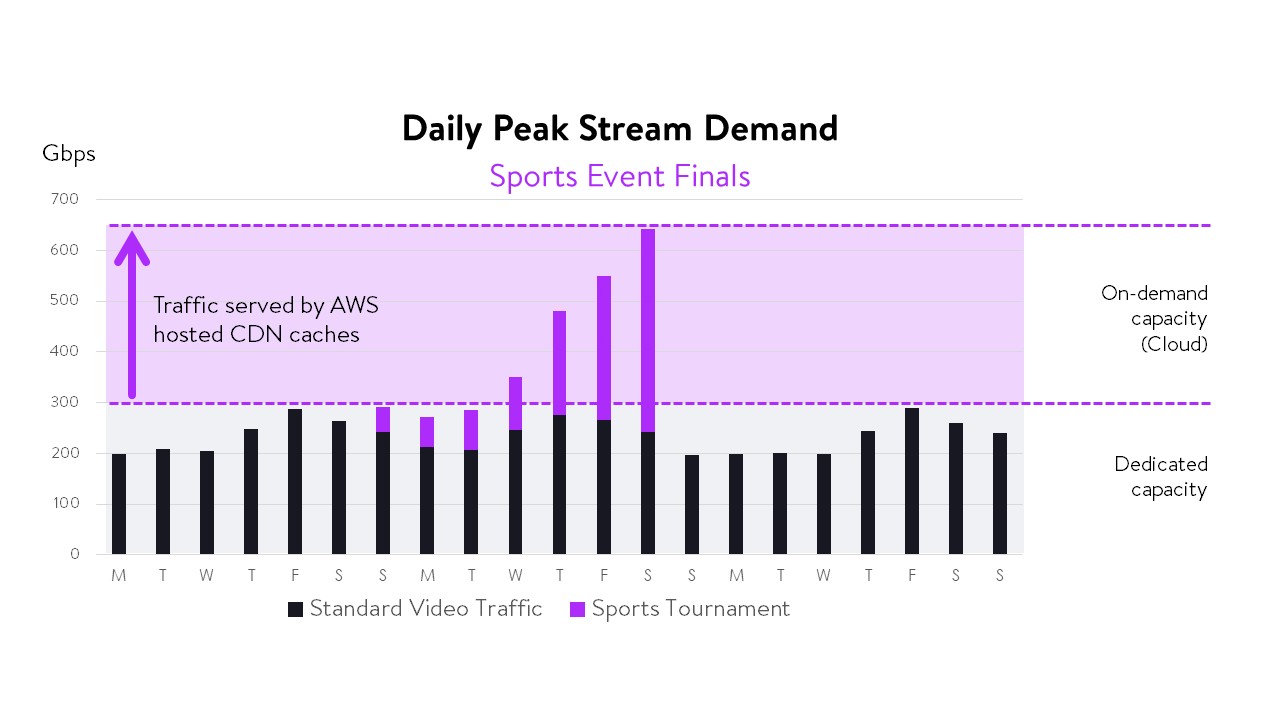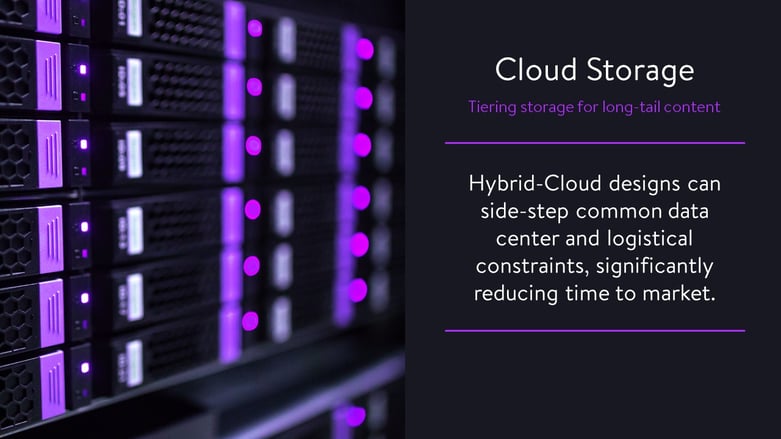When it comes to video technology, “cloud computing” remains a popular industry buzzword even though the term began trending well over a decade ago. Over the years, having a cloud-enabled or cloud-native platform meant your software could support the future. It was flexible enough to run on different hardware platforms and in different environments. It was elastic, so it could scale based on demand and it could be more easily managed using standardized tool sets. These days, almost every video solution provider offers cloud capable technology and yet, cloud remains a top marketing term despite that fact. Why is that?
One reason may be that while cloud technology has become ubiquitous, very few service providers are taking full advantage of public cloud technologies in real production deployments due to concerns about service quality, content security, and the challenges of migrating critical functionality out of existing data centers without disrupting ongoing business. Network operators are making progress though and have begun to spin up projects to migrate major aspects of their workflow into public and private clouds. Rather than spontaneously cutting over to full cloud architectures, which could be both risky and costly, hybrid approaches have become the preferred method of migrating services toward the cloud.
Hybrid-cloud architectures offer the best of both worlds. They combine the quality and efficiency of dedicated infrastructure with the flexibility of cloud-based services. With hybrid architectures, software functionality is divided up such that some activities are performed from within the operator’s network, while other functions are handled in the cloud. The key challenge with hybrid-cloud architectures is making sure all functions, irrespective of where they are hosted, are properly orchestrated to make the most efficient use of deployed functionality and system capacity.
Origin servers and content delivery networks (CDNs) used to support streaming video services are one key area where hybrid-cloud architectures make sense. Video streaming services rely on hierarchically arranged servers that are positioned in the operator’s network progressively closer to the consumer. Origin servers are typically positioned centrally or regionally, while CDN edge caches are pushed deep into the network. Content distribution through a CDN is primarily driven by consumer demand. As consumers request content and are served new video streams, CDNs determine which content segments are most popular and those segments are cached progressively closer to the subscriber. This reduces upstream traffic demands, as subsequent requests for popular content are delivered from the caches at the edge of the network. Origin and CDN architectures run very efficiently on dedicated hardware located on-premise (within operator's networks), however there are several scenarios in which hybrid-cloud functionality and shared infrastructure can provide advantages.
Supporting Live Events:
Traffic demands placed on CDNs can be highly variable, especially when it comes to supporting live events. CDNs typically deliver streams using unicast, which means that each client device is served a unique video stream. If more people are watching live video simultaneously, more stream capacity is required at the CDN edge to support the demand. In cases where there is a very popular event, as may be the case with World Cup Soccer, NFL games, or the Olympics, CDN capacity requirements can temporarily spike. For short durations, the demand for streams can be orders of magnitude higher than normal. CDN operators must be prepared with enough server capacity to fulfill peak demand or the CDN will run out of breath, leading to unfulfilled requests and poor performance overall. Unfortunately, pre-provisioning dedicated server capacity isn’t very efficient for several reasons, including:
- Event-based traffic can be unpredictable: It is difficult to forecast how much capacity will be required to support demand for each event. This can cause operators to over-rotate on hardware deployments and overspend on costly infrastructure in preparation for high-profile events.
- Event-based traffic is temporary: Once the usage spike is over, demand returns to normal levels, leaving expensive servers sitting idle awaiting the next traffic spike.

Scaling Out Cloud DVR / VOD Storage:
In the face of increased competition, service providers are being pressed to expand the amount of storage space available for cloud DVR recordings and increase the amount of VOD content available on their video delivery platforms. While this helps bolster the value proposition required to win new subscribers, much of the content being added to systems is used infrequently. Adding capacity to on-premise installations can be expensive and requires planning from operations teams to make sure new storage can be racked and wired and has adequate space, power, and air conditioning.
Alternatively, dedicated origin server and storage installations can be supplemented with cloud storage in a hybrid-cloud architecture. Using interfaces like Amazon’s S3 API and intelligence built into the content delivery architecture, low demand content can be quickly directed to low-cost cloud storage archives when demands exceed on-premise capacity. Storage capacity can be spun-up and content protection levels configured according to the needs of the specific application. Content positioning can be regularly rebalanced across cloud and dedicated storage resources to align storage performance with content popularity. Using cloud storage in a hybrid-cloud architecture to supplement on-premise capacity saves cost, improves flexibility, and speeds operator’s time-to-market for capacity enhancements.

These are just a couple of the ways in which operators can take advantage of cloud capabilities and start upstream migration of content delivery functionality. Combining the strength of dedicated on-premise infrastructure with the flexibility of cloud technologies saves cost, reduces risk, and provides operators with the features required to support changing market requirements. With hybrid-cloud architectures, video service operators can benefit from advances in cloud computing in real and measurable ways.
You May Also Like
These Stories on CDN


